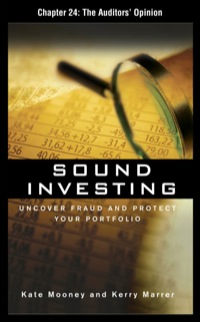
 Show the work & No hand writing thanks
Show the work & No hand writing thanks
Standard Cost Variances Part 1 Clair Rogers, vice-president of XYZ Company, was pleased to see a small variance on the income statement after the trouble the company had been having in controlling manufacturing costs. She noted that the $41.410 overall manufacturing variance reported last period was well below the 3% limit that had been set for variances. The company produces and sells a single product. The standard cost card for the product follows: Standard Cost Card-Per Unit Direct materials, 4 metres at $3.90 per metre Direct labour, 1.7 direct labour-hours at $9.0 per direct labour-hour Variable overhead, 1.7 direct labour-hours at $2.9 per direct labour-hour Fixed overhead, 1.7 direct labour-hours at $5 per direct labour-hour $ 15. 60 15.30 4.93 8.50 Standard cos per unit 44. 33 $ The following additional information is available for the year just completed: a. The company manufactured 34.000 units of product during the year. b. A total of 134.950 metres of material was purchased during the year at a cost of $4.00 per metre. All of this material was used to manufacture the 34.000 units. There were no beginning or ending inventories for the year. c. The company worked 60,200 direct labour-hours during the year at a cost of $8.90 per hour. d. Overhead cost is applied to products on the basis of standard direct labour-hours. Data relating to manufacturing overhead costs follow: Denominator activity level (direct labour-hours) Budgeted fixed overhead costs from the flexible budget) Actual fixed overhead costs Actual variable overhead costs 59, 600 298,000 297,000 176,050 Required: 1. Compute the direct materials price and quantity variances for the year. (Indicate the effect of each varlance by selecting "F" for favorable, "U" for unfavorable, and "None" for no effect (l.e., zero varlance).) Materials price variance Materials quantity variance 2. Compute the direct labour rate and efficiency variances for the year. (Indicate the effect of each verlance by selecting "F" for favorable, "U" for unfavorable, and "None" for no effect (l.e., zero varlance).) Labour rate variance Labour efficiency variance 3. For manufacturing overhead. compute the following: a. The variable overhead spending and efficiency variances for the year. (Indicate the effect of each verlance by selecting "F" for favorable, "U" for unfavorable, and "None" for no effect (1.e., zero varlance).) Variable overhead spending variance Variable overhead efficiency variance 4.(WILL BE ANSWERED IN QUESTION Standard Cost Varlances Part II) Based on the analysis you completed in Q1, Q2 and Q3 do you think that everyone should be congratulated for a job well done? Explain. Which areas are a concern, who is responsible and what next steps would you recommend for the company

 Show the work & No hand writing thanks
Show the work & No hand writing thanks





